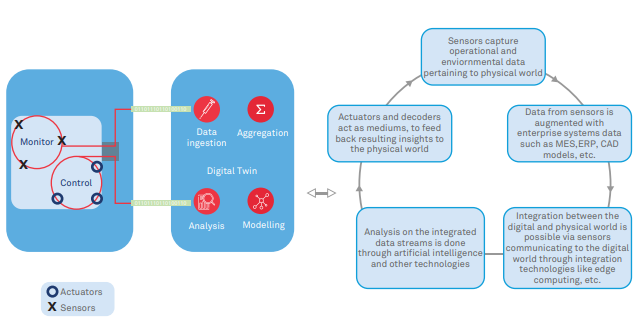
Fig. 1: Integration of physical and virtual asset
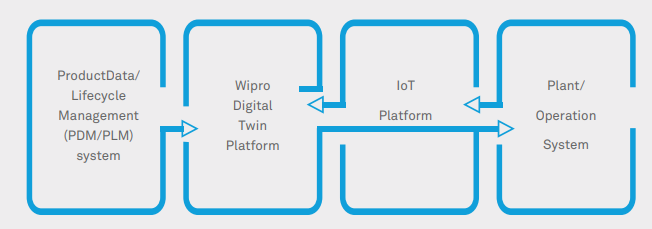
Fig 2: Wipro’s Digital Twin platform - bridging the gap
Digital Twin mimics the behavior of a physical asset
Let's dissect the diagram on Fig.4. It shows an excavator digging in a field, somewhere in the world. While it’s digging, its engine is running and the engine parameters have certain values, the battery has a certain voltage and the fuel level also keeps changing. The excavator has a certain state, characterized by specific values of various operational parameters at different points in time. A sampling of the operational parameter values at a given instant is shown in Fig.3. As these values are stored against the respective variables of the Digital Twin model as time series data, the state of the Logical excavator (the Digital Twin), at any point in time is exactly the same as that of the physical excavator. Literally a twin!
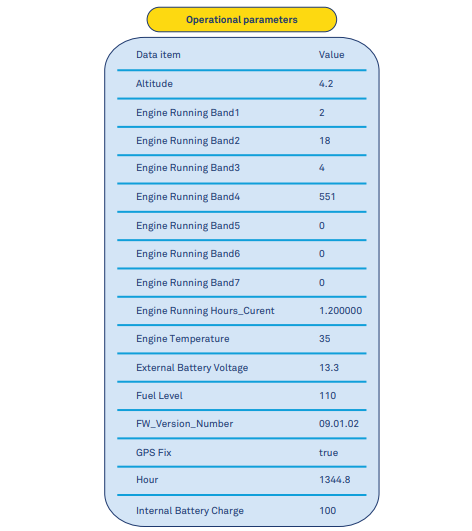
Fig 3: Data from a field excavator being recorded by Digital Twin
As a result, one can diagnose a problem with the physical asset in the field (say in India) by analyzing the Digital Twin in the cloud from anywhere in the world. This is a powerful feature because the expert who can diagnose problems with the excavator could be based in the UK or Japan, while the physical asset experiencing issues could be in India. This is a huge cost-saving measure for the company that deploys the excavators.
Modeling an excavator
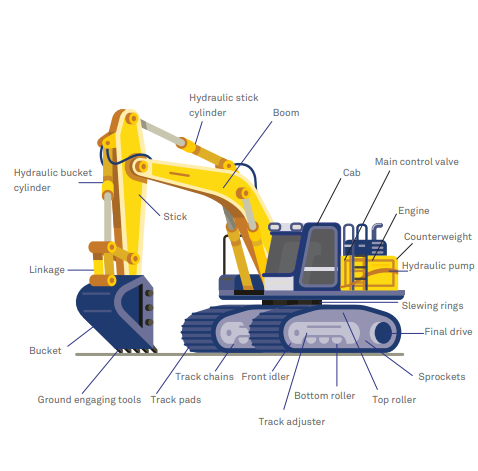
Fig. 4: Various parts of a physical excavator
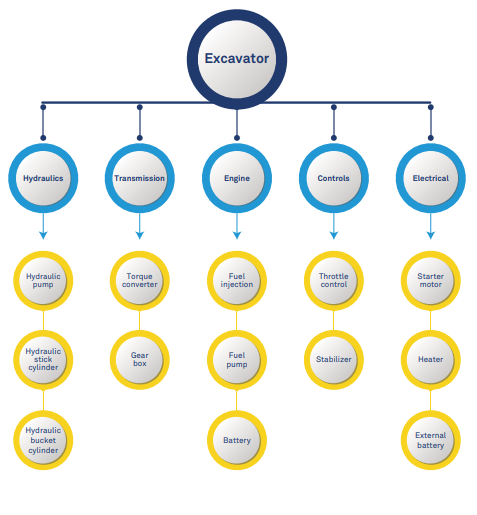
Fig. 5: Corresponding virtual model of the excavator
Against each one of the parameters (such as, Fuel Pump or Battery), one can maintain the corresponding time series data from the field, thereby reflecting the exact state of the physical asset at any point in time. Thus, the abstract model captures static as well as dynamic data (time series data) plus the actual location (GPS coordinates). Time series data (both current as well as historical) can be used for:
From a Digital Twin of an asset to a Digital Twin of a collection of assets
Imagine a factory with several machines, each performing a separate task. A Digital Twin can be created for every machine in the factory. Once created, one needs to capture the interaction between the Digital Twins – what information is exchanged between a pair of Digital Twins and how the states of twins change on receiving specific messages. This actually creates a sophisticated model with rich visualization of a system of state machines with complex interactions between various Digital Twins.
Wipro, by virtue of its Digital Twin Platform, is able to bring two distinct worlds of PLM and IoT together and create a unique value proposition in a seamless manner.
Dr. Sanjoy Paul
Vice President and Global Digital Head,
Manufacturing, Wipro
Sanjoy is an innovator and has been granted 88 US patents. He is the author of 2 high-tech books and 200+ publications. He has a key role in driving profitable growth for clients via business process transformation, leveraging innovative digital technologies such as industrial IoT (IIoT), voice conversations, Cloud, blockchain and Artificial Intelligence/Machine Learning. Sanjoy has over 25 years of industry experience. Before joining Wipro, Sanjoy worked with Accenture where he led the Digital Go to Market for Chemicals, Natural Resources and Energy industries in North America. Sanjoy holds a Bachelor of Technology degree from IIT Kharagpur, an M.S and a Ph.D. degree from the University of Maryland, College Park, and an MBA from the Wharton Business School, University of Pennsylvania. He is a Fellow of IEEE and IET.